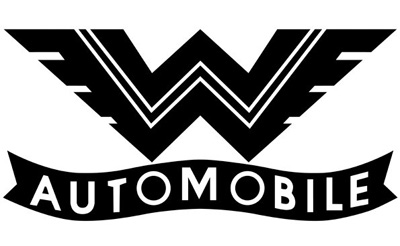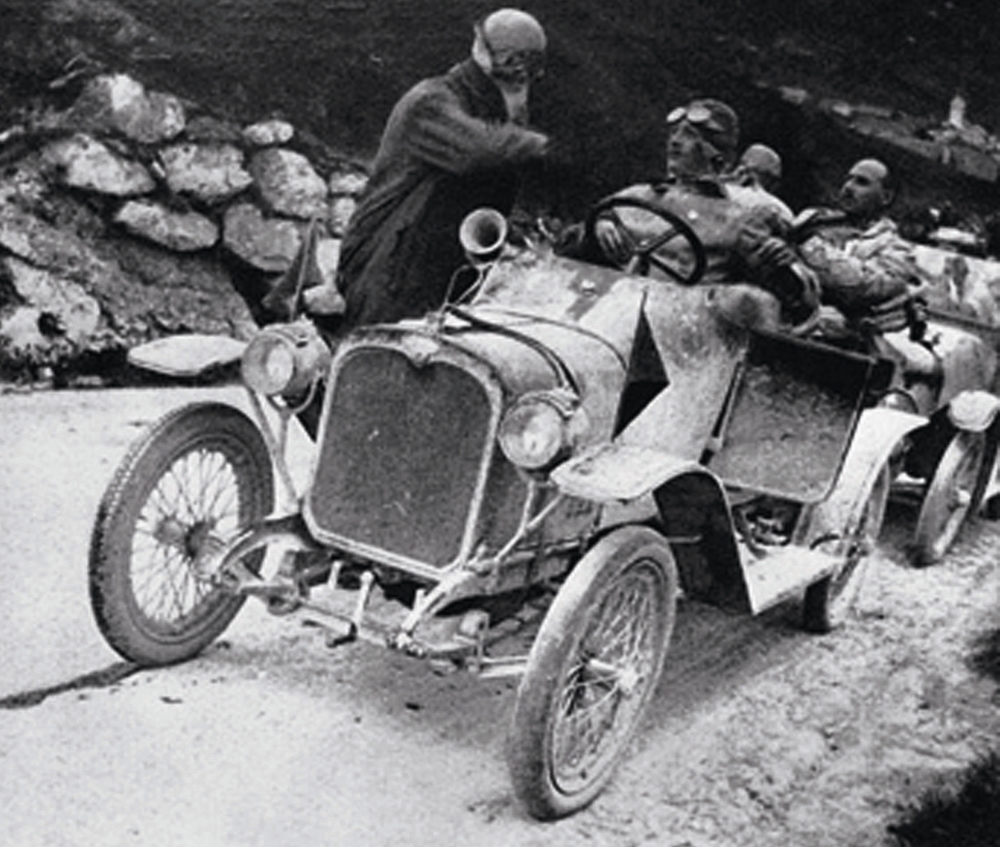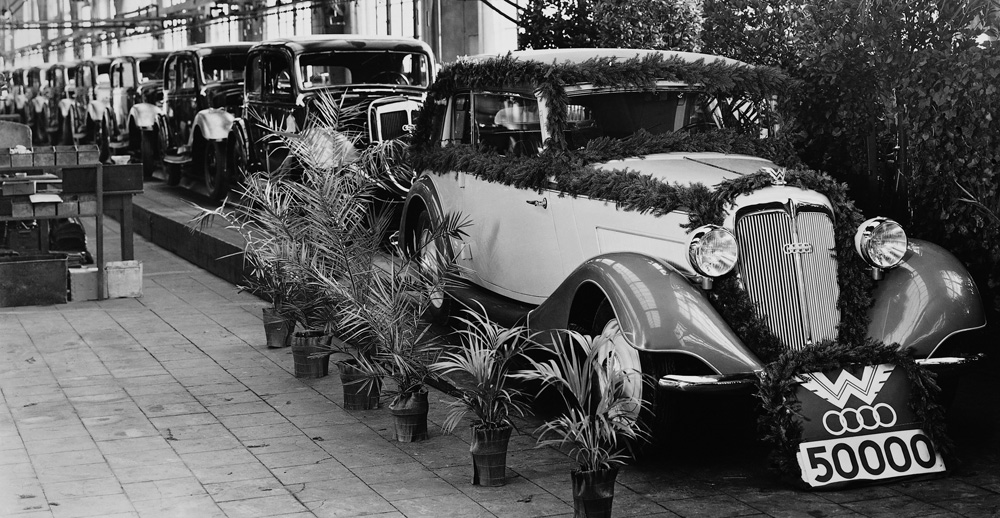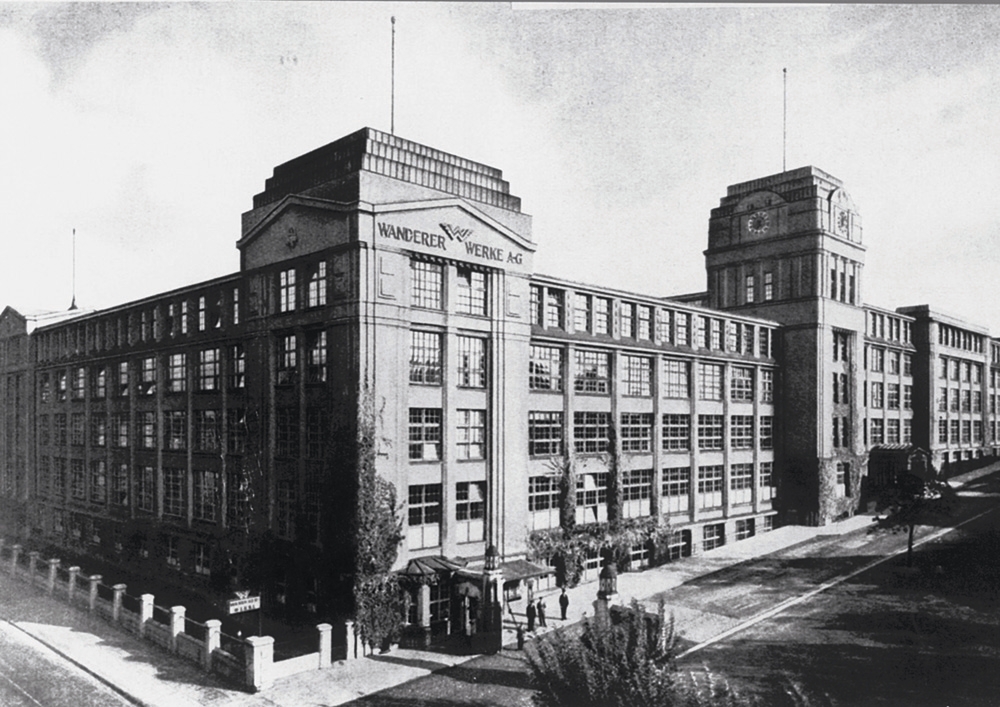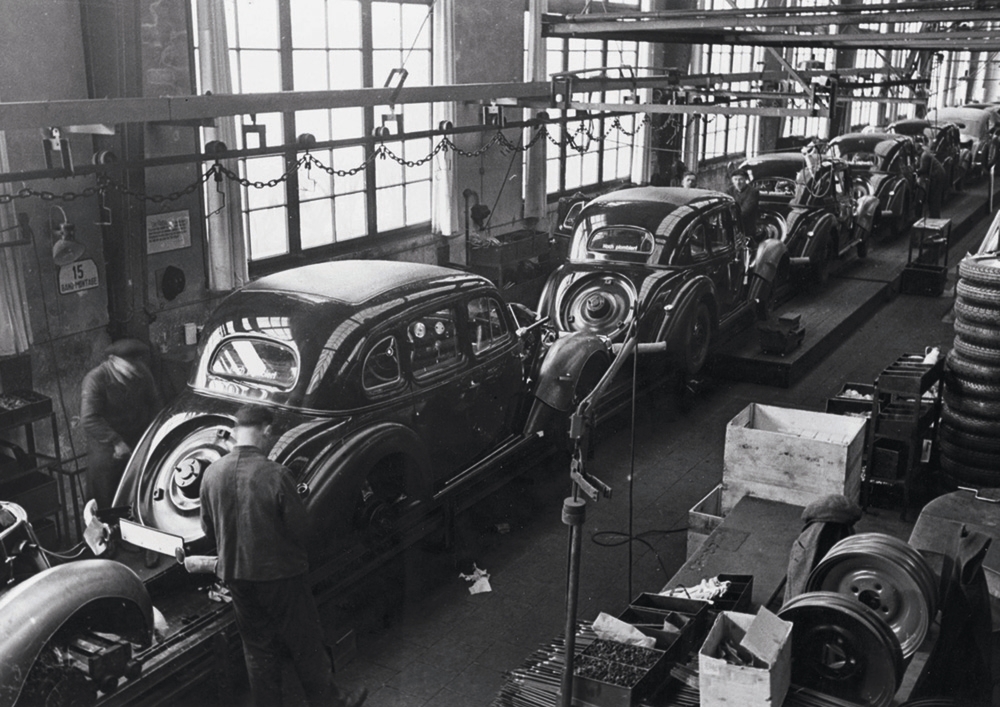 |
|
Wanderer Fahrradwerke AG
Starting on October 1, 1897, after Wanderer had been converted into a joint-stock company in 1896 (and renamed Wanderer
Fahrradwerke AG), Winklhofer became its sole director. In 1902 he withdrew from this position and joined the company's Supervisory Board, where he remained a member until 1929. In 1916 he established a second
company in Munich, initially to manufacture munitions for the armed forces, and later transmission chains for machinery and motor vehicles. These were successfully marketed as the brand IWIS, an abbreviation of the
name Johann Winklhofer Söhne (Sons). Johann Baptist Winklhofer died on March 28, 1949, in Landsberg on the River Lech.
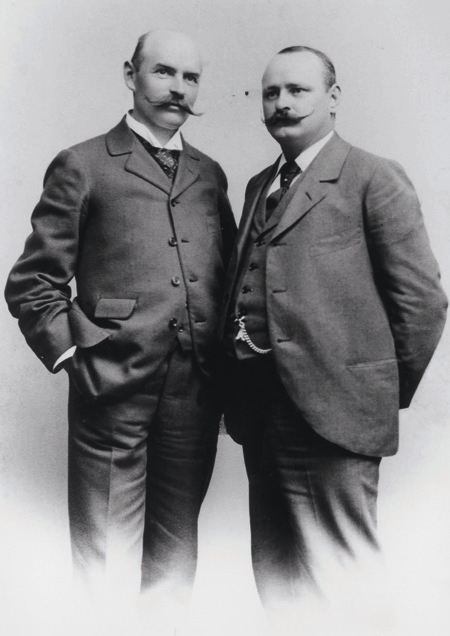
Wanderer founders
Johann Baptist Winklhofer (left) and Richard Adolf Jaenicke
Johann Baptist Winklhofer was born in Munich on June 23, 1859, and the son of a brewer, He later apprenticed as a mechanic. From 1880 onwards he took a close interest in the high-wheel or
"penny-farthing" bicycle - something very fashionable at that time. In 1883, he began to sell English penny-farthing bicycles as the traveling representative for the Rudge company. During this period
he met a man named Richard Adolf Jaenicke, who later became his business partner. In 1885 they joined forces and started a bicycle repair workshop in the town of Chemnitz, Germany. A year later they
began to produce their own bicycles and sell them under the name "Wanderer".
|
|
 |
 |
|
Dates in the history of Wanderer
- 1885
On February 26, establishment of "Chemnitzer-Velociped-Depot Winklhofer & Jaenicke"
- 1887
On January 4, adoption of the WANDERER name for the company's bicycles
- 1896
Change of company name to WANDERER Fahrradwerke AG, formerly Winklhofer & Jaenicke, Schönau/Chemnitz, on May 5
- 1900
Start of machine tool production
- 1902
Start of motorcycle production
- 1904
Start of typewriter production ("Continental" brand)
- 1905
First experiments in automobile design
- 1908
From January 15 on: WANDERER Werke, formerly Winklhofer & Jaenicke AG; capital: 1.6 million Marks, increased in 1915 to 5.25 million Marks
- 1913
Start of WANDERER automobile production
- 1918
By this year, well over 10,000 motorcycles and over 2,000 automobiles had been built.
The price of the 1.5 hp motorcycle was some 750 Marks; the WANDERER Puppchen automobile cost 4,000
Marks
- 1926
The Wanderer W 10 with a 30 hp, four-cylinder engine appeared on the market. This model was available in various versions until 1932
- 1927
Wanderer's car production operations were moved from the main plant in Chemnitz-Schönau to a newly erected plant in the Chemnitz suburb of Siegmar
- 1928
The new Wanderer six-cylinder Type W 11 extended the model range upwards
- 1929
Wanderer motorcycle production wound down. The production facilities were sold off to NSU and the Czech company Janacek. Establishment of the JAWA company (Janacek/Wanderer) in Prague
- 1931
Ferdinand Porsche developed a modern generation of six-cylinder engines for Wanderer Werke AG
- 1932
Wanderer Werke AG sold off its car division to Auto Union AG. The machine tool, office machinery and bicycle production divisions remained within Wanderer Werke AG
|
|
